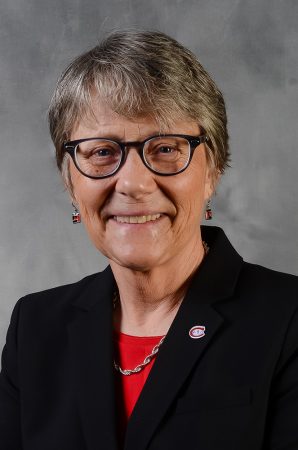St. Cloud State University President Robbyn Wacker, Minnesota State Chancellor Devinder Malhotra and Riverland Community College President Adenuga Atewologun spoke before the Minnesota Senate Higher Education Finance and Policy Committee Tuesday.
They were part of an update to the committee on campus re-opening progress and COVID preparedness plans. Representatives from the University of Minnesota and private colleges also spoke during the Zoom hearing.
Malhotra outlined what Minnesota State campuses have been doing to keep students, staff and employees safe while also keeping tuition low for students by not instituting online fees for courses that were originally scheduled to be delivered in person and freezing tuition this fall.
“We all know that safety is on the minds of our students, parents, faculty, staff and community leadership in every community we serve,” he said. “At Minnesota State we have been staying true to our two guiding principles; the safety of our campus communities and giving students a path to continue their educational journey.”
Wacker highlighted the many ways that St. Cloud State University prepared to safely welcome students, faculty and staff back to campus this fall — including significant planning, establishing a COVID-19 help line, staggering residential move-in and limiting occupancy to one resident per room, re-configuring classroom and dining spaces, and messaging to students about how to stay safe.
At St. Cloud State 17 percent of students are taking all classes in person, 17 percent are taking classes all online and 66 percent are taking a mix of online and in-person classes. Students, faculty and staff on campus are observing face covering requirements and maintaining physical distancing, Wacker said.
All three Minnesota State leaders highlighted the impact that COVID-19 is having on students who were already economically and socially vulnerable — especially students who are first generation, Pell eligible and students of color.
They encouraged legislators to support campuses as they continue to serve students during the pandemic and prepare them for the Minnesota workforce.
“It will take a concerted effort by higher education leaders and our legislators to do everything we can to blunt the impact COVID is having on so many Minnesotans who need access to a higher education degree, which in turn is needed to support the workforce demands in our state,” Wacker said.

